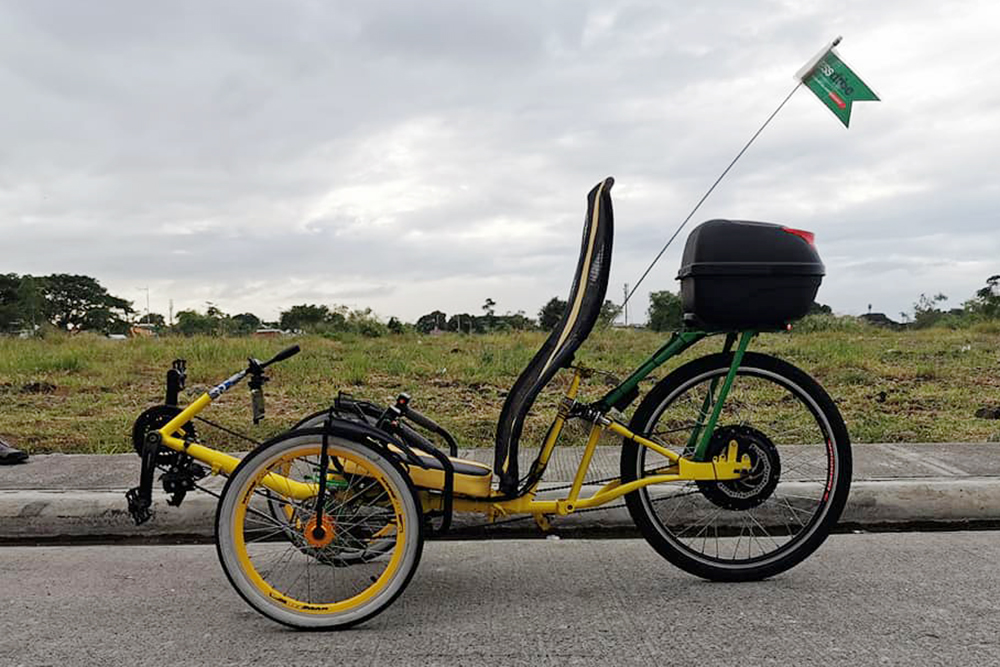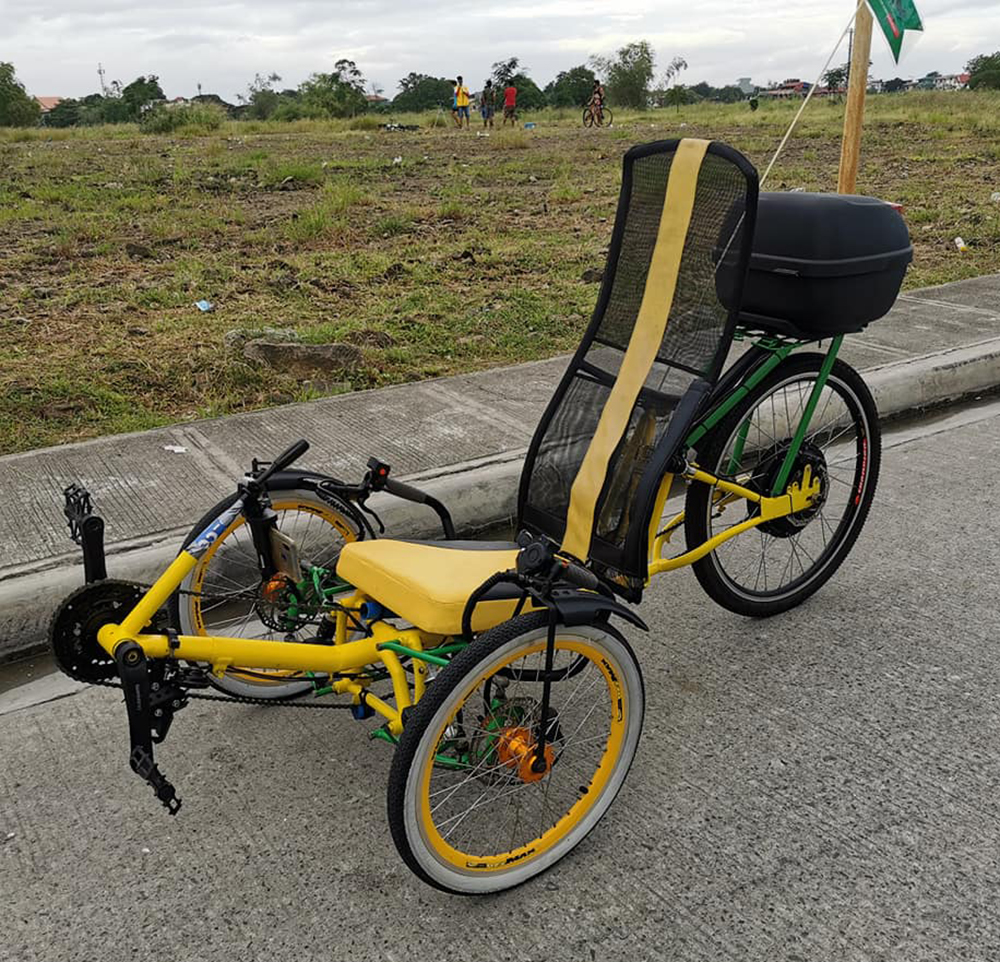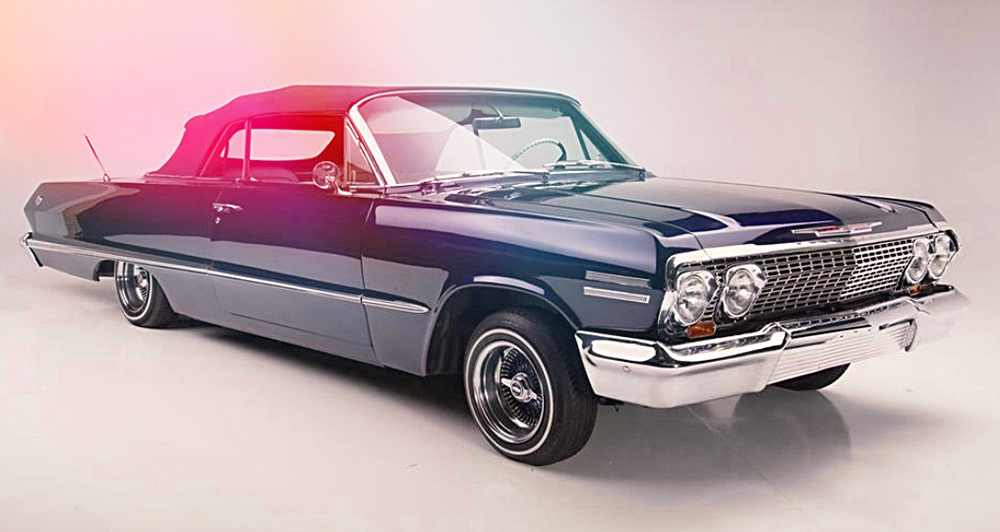
If you’re among those who are extremely pissed off by the despicable state of motoring affairs in this country, then chances are you’re also thinking of creative ways to get around. Count motoring journalist Aries Espinosa among the individuals who are never content to just shrug things off—those who know that there are solutions if everyone just looks hard enough.
The editor-in-chief of TessDrive and motoring writer of BusinessWorld has come up with this: a recumbent e-trike. If you’re not familiar with the term, a recumbent bicycle is one that’s “designed to be ridden lying almost flat on one’s back,” according to our dictionary. This project took Aries about two years to build, and is now “in the road-testing phase.”
In his tests so far, the thing has hit a maximum speed of 53km/h. “I was able to travel 30km/h on pure throttle—without pedal assist—but the battery management system automatically shut off power due to overheating issues,” he posted on Facebook. “Power returned after cooling off for 15 minutes, but then I had already pedaled my way for 4km back to the house at a modest 10-15km/h clip.”

In an interview with VISOR, Espinosa says the e-trike features a 1,000W rear-hub electric motor. “The trike was designed and built in Bulacan,” he shares. “I sourced the electric motor, the controller and the lithium-ion battery online. Then I had it all put together in a shop in Pasay, which specialized in assembling e-bikes and e-scooters.”
The design and the build of the trike took a couple of months in 2018, while electrifying it took another two months this year. The intervening time was spent saving up money to finish the project. All in all, the e-trike cost some P100,000—P60,000 for the trike and P40,000 for the conversion kit and the labor.
“For now I’m limiting its use on village roads and side streets—until I can increase my road visibility with lights, reflectors and a bigger flag at the rear so higher vehicles can easily spot me,” he concludes. “I’m not that familiar yet with public road laws that prohibit the use of e-trikes. But as you can see with conventional e-trikes being allowed on our public roads right now, enforcement of such laws, if they exist, is very lax.”
Well, at least he’s on to something. Fun and environment-friendly something.











Comments